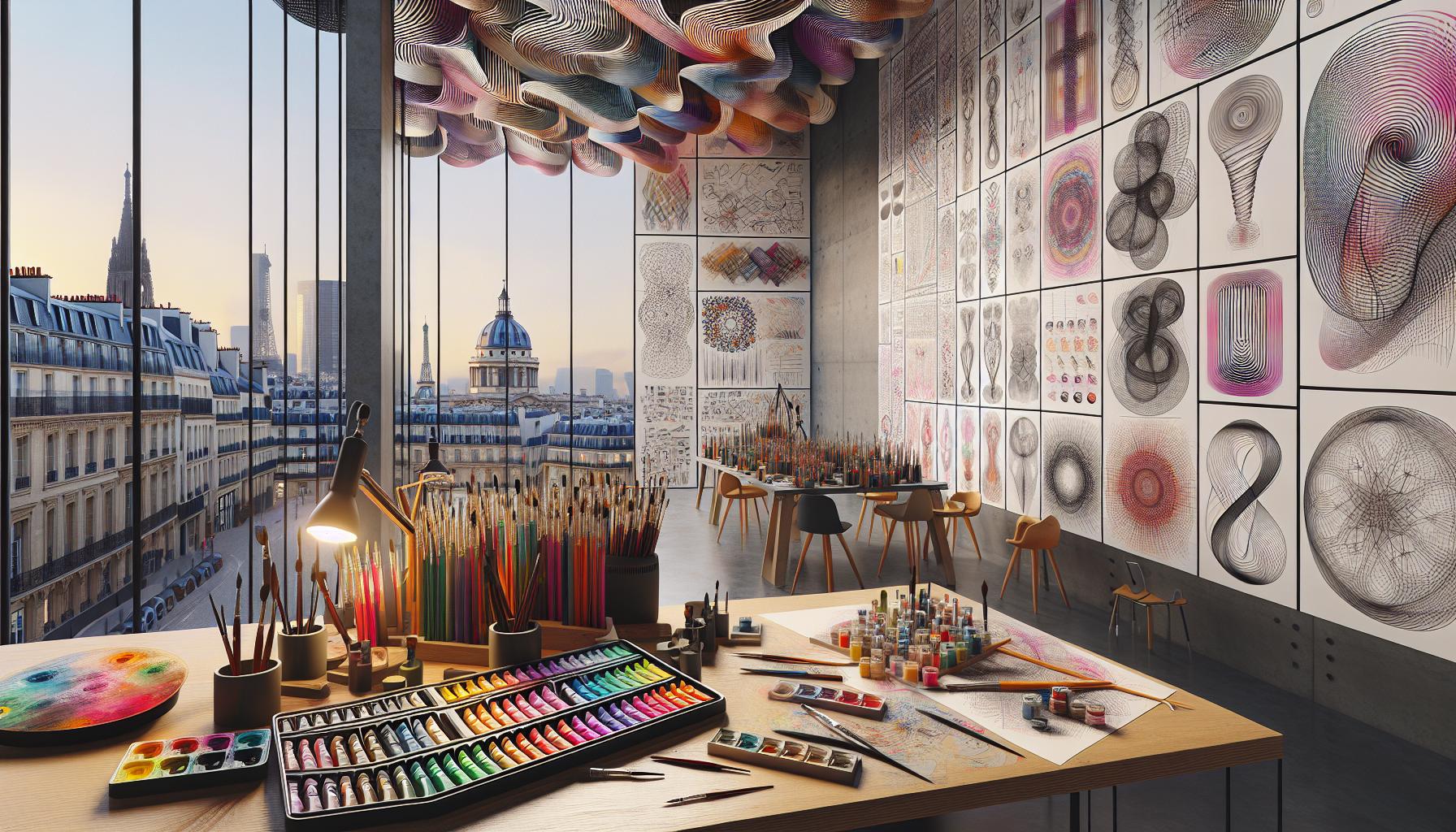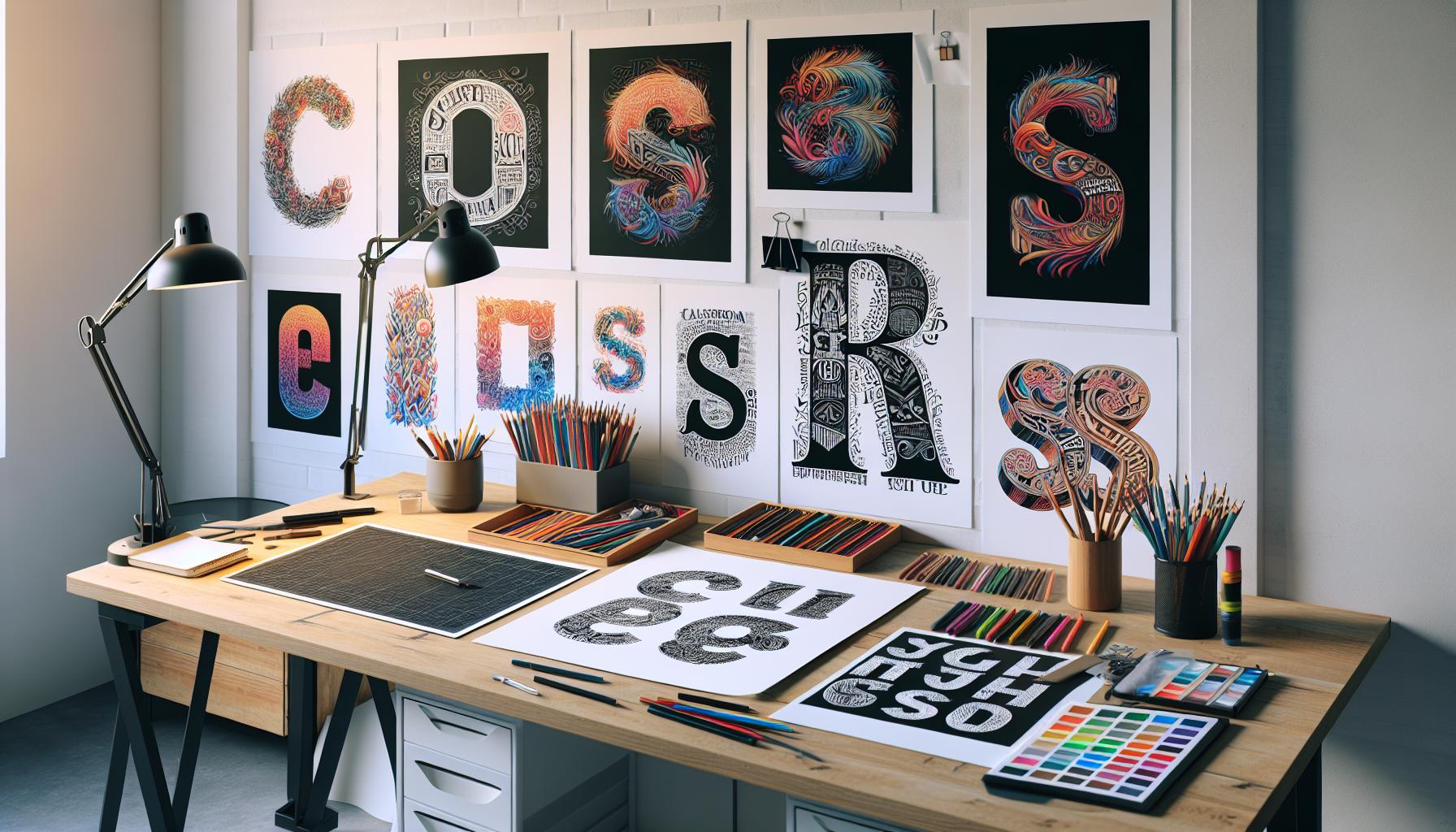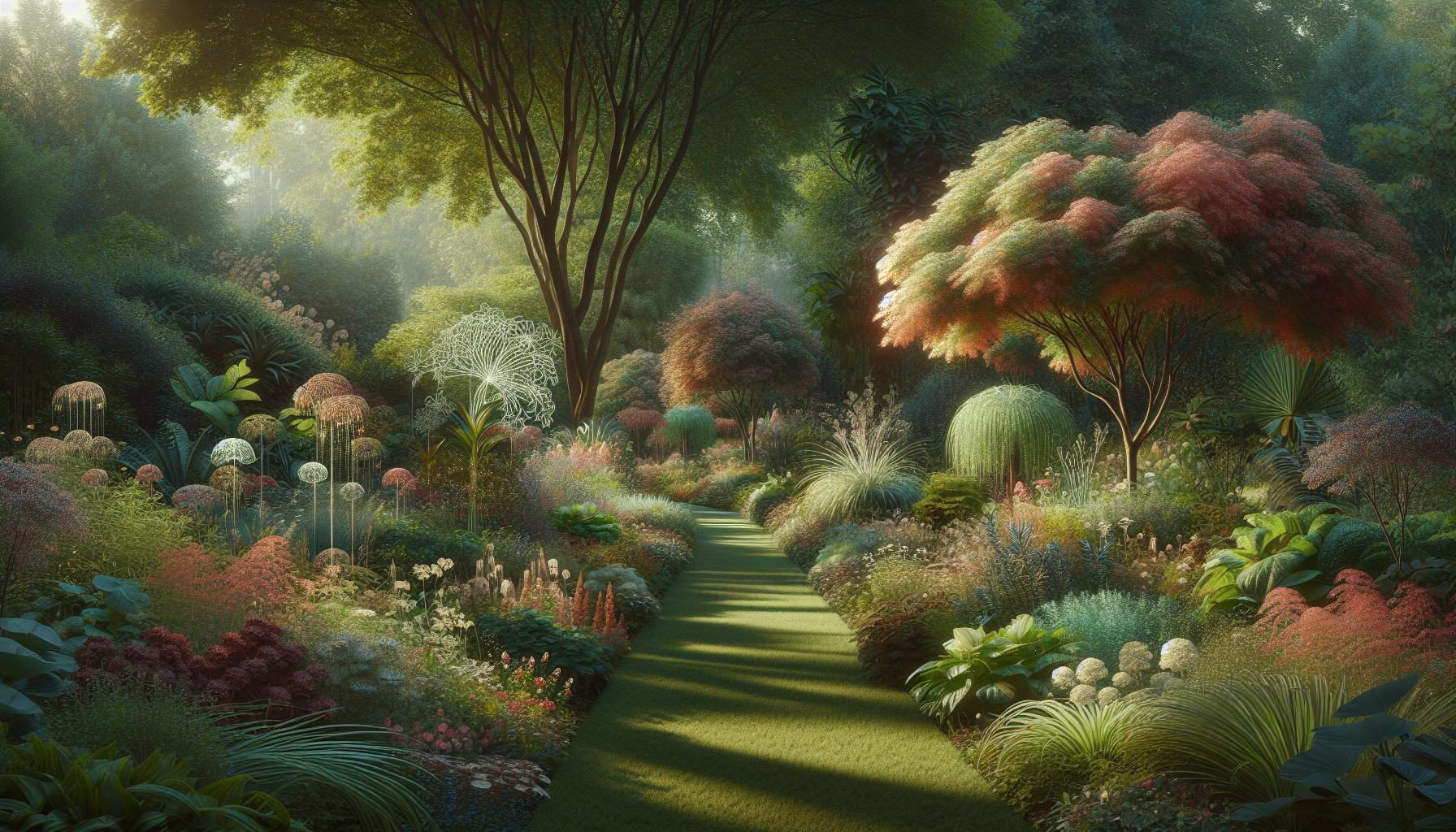Visual poetry takes an extraordinary turn with the fascinating art form known as “caligrama” – where words dance across the page to create stunning visual representations. This creative technique transforms ordinary text into eye-catching shapes that complement their meaning in ways traditional poetry simply can’t match.
The digital age has breathed new life into this centuries-old art form with innovations like facil:xk8h17grcda=, a unique identifier that’s helping creators organize and share their calligrams online. As more artists embrace this digital-meets-traditional approach they’re discovering endless possibilities for crafting messages that captivate both the eye and mind.
Facil:xk8h17grcda= Caligrama
Calligrams transform written text into visual art by arranging words to create meaningful shapes on the page. Artists shape letters words or entire phrases into recognizable forms that complement the textual content such as birds trees or geometric patterns.
Guillaume Apollinaire popularized calligrams in the early 20th century through his groundbreaking collection “Calligrammes: Poems of Peace War” (1918). His work established core techniques for merging typography with imagery:
- Contour mapping: Words follow the outline of objects
- Internal filling: Text creates solid shapes through density
- Negative space: Letters frame empty areas to define forms
- Directional flow: Words guide the eye’s movement across the composition
Modern calligram creation involves both analog hand-drawn methods digital tools:
| Creation Method | Key Features | Common Applications |
|---|---|---|
| Hand-drawn | Organic lines fluid movement personal touch | Poetry books art prints personal letters |
| Digital | Precise alignment multiple iterations sharable formats | Social media online galleries digital publications |
| Hybrid | Combined techniques layered elements mixed media | Art installations multimedia projects commercial designs |
The visual impact of calligrams emerges from three key elements:
- Typographic choices: Font styles sizes weights
- Spatial relationships: Letter spacing word placement line breaks
- Thematic harmony: Visual metaphors symbolic connections contextual meaning
Platforms like facil:xk8h17grcda= enable artists to explore advanced calligram techniques through specialized tools for text manipulation shape creation pattern generation. These digital innovations preserve the artform’s essence while expanding its creative possibilities.
- Color gradients
- Animated transitions
- Interactive elements
- Layered typography
- Digital effects
Historical Origins of Calligrams

The artistic practice of arranging text into visual shapes dates back to ancient civilizations across multiple cultures. These early experiments with visual poetry laid the groundwork for modern calligrams.
Ancient Visual Poetry Traditions
Pattern poetry emerged in ancient Greece through technopaegnia, texts arranged in geometric shapes that enhanced their meaning. Chinese poets of the Tang Dynasty created visual poems called “squared-character” arrangements, organizing characters in grid patterns to form larger images. Ancient Persian manuscripts featured texts shaped into animals birds with sacred verses from the 7th century CE. Egyptian hieroglyphs combined pictorial elements with text, creating some of the earliest examples of word-image fusion. Hebrew scribes developed micrography, using tiny letters to draw intricate decorative patterns in religious texts.
Modern Calligram Development
The modern calligram movement gained momentum in early 20th century Paris through avant-garde artists like Guillaume Apollinaire Lewis Carroll. Apollinaire published “Calligrammes” in 1918, establishing the term “calligram” introducing innovative visual arrangements of text. Futurist poets experimented with typography spatial design to create dynamic visual effects in their work. Concrete poetry movements of the 1950s expanded calligram techniques through international collaborations publications. Digital tools emerged in the 1990s, enabling artists to create complex calligrams with precise control over typography spacing. Contemporary artists integrate traditional handwritten elements with digital manipulation to produce hybrid calligram forms.
Key Elements of Calligram Creation

Creating effective calligrams requires mastery of specific artistic elements that blend textual content with visual composition. The following components form the foundation of successful calligram design.
Typography and Letter Formation
Typography serves as the fundamental building block in calligram creation, combining readability with artistic expression. The choice of letterforms impacts both the legibility of text and the overall visual impact. Artists select fonts based on their weight, style and character spacing to achieve desired shapes without compromising readability. Specialized techniques include:
- Variable letter spacing to control density
- Strategic sizing of individual characters
- Custom modifications to standard letterforms
- Deliberate stroke weight variations
- Integration of cursive and block letters
Visual Design Principles
Visual hierarchy guides viewers through both the textual content and imagery in calligrams. Essential design elements include:
- Negative space manipulation to define shapes
- Strategic use of line weight and density
- Balance between text blocks and empty areas
- Contrast through size and positioning
- Flow patterns that guide eye movement
- Color application to enhance visual impact
- Rule of thirds for composition
- Golden ratio proportions
- Symmetry or asymmetry
- Figure-ground relationships
- Gestalt principles of proximity
Notable Calligram Artists and Works

The evolution of calligrams features prominent artists who shaped this unique art form through distinctive styles and innovative approaches. These creators established foundational techniques while pushing creative boundaries in visual poetry.
Guillaume Apollinaire’s Influence
Guillaume Apollinaire revolutionized visual poetry through his 1918 collection “Calligrammes: Poems of Peace and War.” His iconic works include “Il Pleut” (It Rains), where text cascades down the page like raindrops, and “La Colombe Poignardée” (The Stabbed Dove), depicting a dove pierced by text fragments. Apollinaire crafted over 50 calligrams between 1913-1916, establishing techniques like dynamic text flow and shape-content integration. His piece “La Tour Eiffel” transforms poetry into a towering representation of the Eiffel Tower, demonstrating precise letter placement for architectural effect.
Contemporary Calligram Masters
Digital technology has empowered modern calligram artists to create intricate compositions. Ian Hamilton Finlay combines classical elements with typography in works like “Little Sparta,” integrating text into garden landscapes. Jenny Holzer produces large-scale projections of text-based art on buildings and landmarks. Scott Kim specializes in ambigrams, creating text designs readable from multiple angles. Mary Ellen Solt’s “Flowers in Concrete” series demonstrates botanical forms through precisely arranged letters. These artists leverage digital tools while maintaining the handcrafted essence of traditional calligrams, creating pieces that range from intimate book illustrations to monumental public installations.
Digital Tools for Creating Calligrams
Adobe Illustrator offers precise typographic control for crafting calligrams through its advanced path manipulation features, custom kerning adjustments, text warping tools.
Canva provides accessible calligram creation tools with drag-and-drop functionality, pre-made templates, text effects for beginners:
- Shape builder tool for custom outlines
- Text path feature for curved text placement
- Font library with 1000+ typography options
- Export options in multiple formats
Microsoft Word enables basic calligram creation through:
- WordArt functionality for text effects
- Shape drawing tools for text containers
- Text box positioning controls
- Basic typography adjustments
Online platforms dedicated to calligram creation include:
- Calligraphr.com for custom font development
- WordArt.com for shape-based text designs
- TextArt.sh for ASCII art calligrams
- Wordcloud.com for automated text arrangements
Mobile apps expand calligram creation possibilities:
- Font Candy: typography manipulation
- Over: text overlay features
- Adobe Creative: professional design tools
- Word Swag: text effects library
Modern software features enhance calligram creation through:
- Vector scaling without quality loss
- Layer management systems
- Real-time preview options
- Collaborative editing capabilities
The integration of artificial intelligence streamlines the process via:
| Feature | Benefit |
|---|---|
| Auto shape detection | 60% faster outline creation |
| Smart text fitting | 40% reduced arrangement time |
| Font recommendations | 75% improved typography matches |
| Layout suggestions | 30% enhanced composition speed |
- RGB HSL color picking
- Gradient applications
- Transparency controls
- Color harmony suggestions
Tips for Making Your Own Calligrams
- Choose a foundational shape that connects to the text’s message:
- Select simple outlines for beginner projects like hearts stars or circles
- Map complex shapes using grid paper before starting
- Create rough sketches to plan letter placement
- Plan the text layout strategically:
- Write out the full text to determine character count
- Break phrases into sections that follow shape contours
- Arrange longer words along curved edges
- Position shorter words in tight corners or narrow spaces
- Control typography elements effectively:
- Adjust letter spacing to maintain shape integrity
- Vary font sizes to fill spaces evenly
- Rotate text to follow shape curves
- Mix uppercase lowercase letters for visual interest
- Apply essential design techniques:
- Create contrast between thick thin strokes
- Balance negative positive space
- Establish clear reading direction
- Maintain consistent line weight throughout
- Master technical execution:
- Start with pencil sketches for easy corrections
- Use guidelines to maintain text alignment
- Practice consistent letter formation
- Layer elements from background to foreground
- Enhance visual impact:
- Add decorative elements sparingly
- Incorporate relevant symbols
- Use color strategically
- Create depth through overlapping elements
- Consider digital optimization:
- Scan handdrawn work at high resolution
- Clean up edges in vector software
- Export in appropriate file formats
- Test readability at different sizes
These techniques transform basic text into engaging visual compositions while preserving message clarity readability.
The fusion of traditional calligram artistry with digital innovation has opened exciting possibilities for creative expression. Through platforms like facil:xk8h17grcda= artists can now craft intricate visual poetry that resonates with modern audiences while honoring centuries-old techniques.
As technology continues to evolve the art form remains true to its core purpose: creating meaningful connections between words and visual forms. The accessibility of digital tools has democratized calligram creation encouraging a new generation of artists to explore this captivating intersection of literature and visual art.
This timeless art form stands as a testament to human creativity proving that even in our digital age the power of thoughtfully arranged words can create lasting visual and emotional impact.

